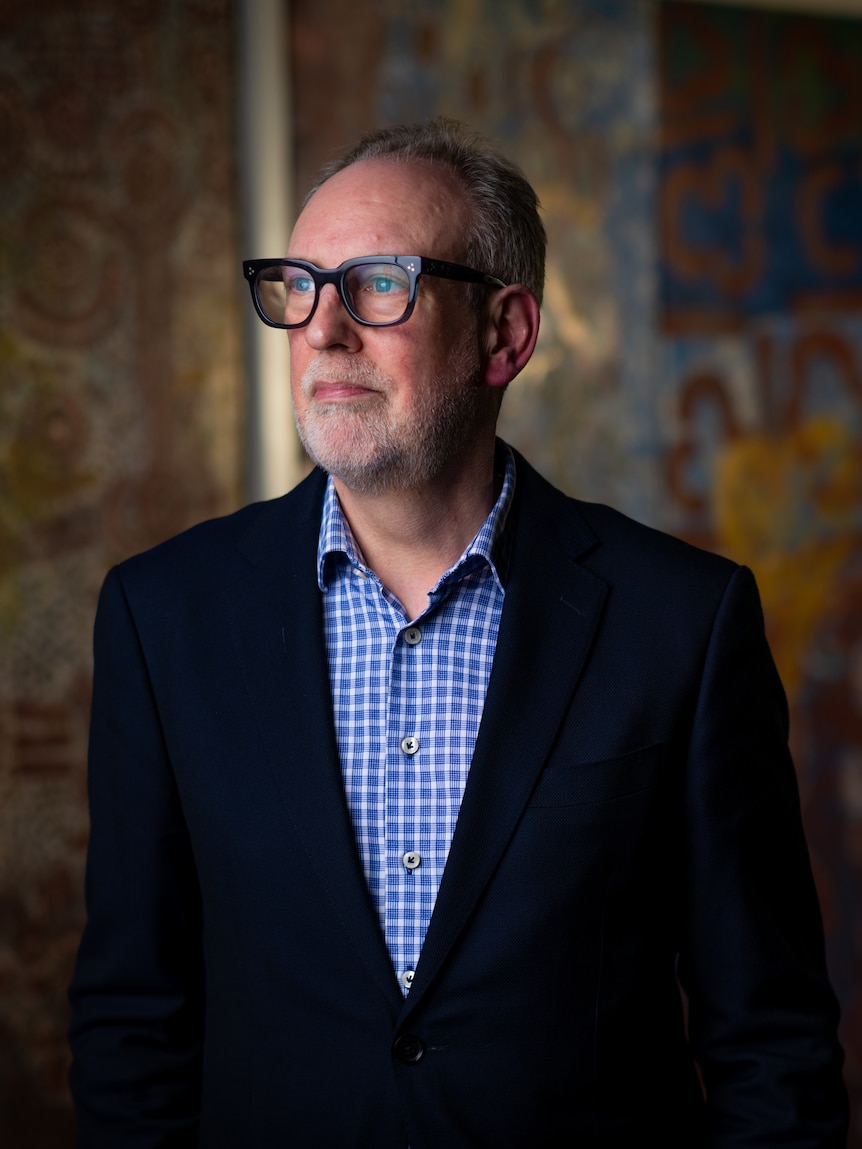The head of the South Australian Museum has acknowledged his proposed restructure of the institution will likely change following a government review.
In February, the museum’s management announced a “re-imagining”, with the aim of better translating its research endeavours to the South Australian public.
But there was widespread public opposition when it was revealed 27 positions from the museum’s research division would be cut and replaced with 22 new positions, which the union says are of lower classification and pay.
The ABC revealed Premier Peter Malinauskas has intervened in the matter and has launched a review that will make recommendations as early as mid-year.
SA Museum chief executive officer David Gaimster welcomed the review, saying it was a great time to look over the framework the museum had put forward.
“[The review] gives us an opportunity to stand back and think about our plans, and to engage an expert group on the question of the future of the museum [and] its operation,” he said.
The government probe has also been welcomed by many parties protesting the changes, including the Public Service Association (PSA) and a prominent group of former staff and donors.
“This entire process has been quite distressing for our members, so we’re pleased to say that there is an opportunity now to revisit these proposals and develop a better way forward,” said PSA general secretary Natasha Brown.
Dr Gaimster said that while he is happy with the proposal, he accepts the recommendations from the review will have an impact on the end result.
“Inevitably, in my experience, those proposals change and adapt, and we expect the same in this situation,” he said.
‘A modern, relevant museum’
Dr Gaimster took over as the museum’s chief executive in June and said he was immediately impressed with the quality and quantity of the collections the institution held.
His major concern was that so little of it was on public display.
“We show relatively a small proportion of it given the fact that our footplate is so small, the smallest of any state museum in Australia,” Dr Gaimster said.
“We would love to share more of it, and we’ve got some ideas of how we might do that in the future.”
The executive’s mandate from the board was to look to the future and to transform the site “into a modern, contemporary, relevant museum”.
“It’s not about diminishing research. It’s about ensuring that research is more discoverable and convertible, and will be experienced by all our audiences.”
But his approach has come under fire after he suggested transitioning to a “curatorial model”, with current museum staff telling the union that such a model has been operating in the humanities division since 2017.
“To some extent, it may do,” Dr Gaimster rebutted.
“But fundamentally, that curatorial responsibility is not reflected in any of the current job descriptions for those scientific staff.”
The 22 new positions in the restructure are aligned with this “curatorial model”, but the PSA assesses only 12 out of 27 current staff could be considered for the new positions.
Four of those would be lower-level positions set at a lower pay.
Dr Gaimster disagrees with the PSA’s assessment.
“We anticipate quite a lot of staff being able to translate into the new structure,” he said.
“We’ve always had a very positive view of that migration.”
An open letter signed by hundreds of academics internationally expressed concerns that the changes would “devastate the museum’s research capability and institutional knowledge”.
Dr Gaimster insists research will still be one of the pillars of the museum but said it needs to be balanced with a focus on its collections and public engagement.
“We just need to think how we balance the different and multiple responsibilities and objectives of the museum to make the museum more effective for all South Australians,” he said.
Review not a guarantee jobs are safe
The museum’s repatriation program was a major point of concern for South Australia’s Aboriginal elders.
The program is internationally renowned for its work in returning First Nations ancestral remains to country, including the development of Wangayarta in Adelaide’s north-east.
Elders told the ABC the expertise of museum staff working in repatriation was invaluable, but the government would not guarantee those jobs would be secure under the restructure.
“If we start ruling things in and out then it’s not a review, is it?” Mr Malinauskas said.
“Then, of course, this is an intervention that starts to look very different.”
Dr Gaimster recognised the proposal may need to change around his First Nations staff.
“There are other considerations that we really need to be aware of and to take seriously, particularly in terms of the cultural knowledge that those individuals have, the relationships that they hold with community,” he said.
“The key thing for us is to make sure that we don’t lose those relationships.”
The premier’s review is expected to be completed as early as June.




